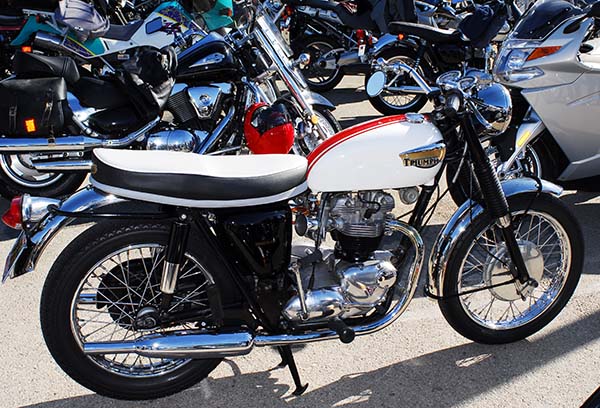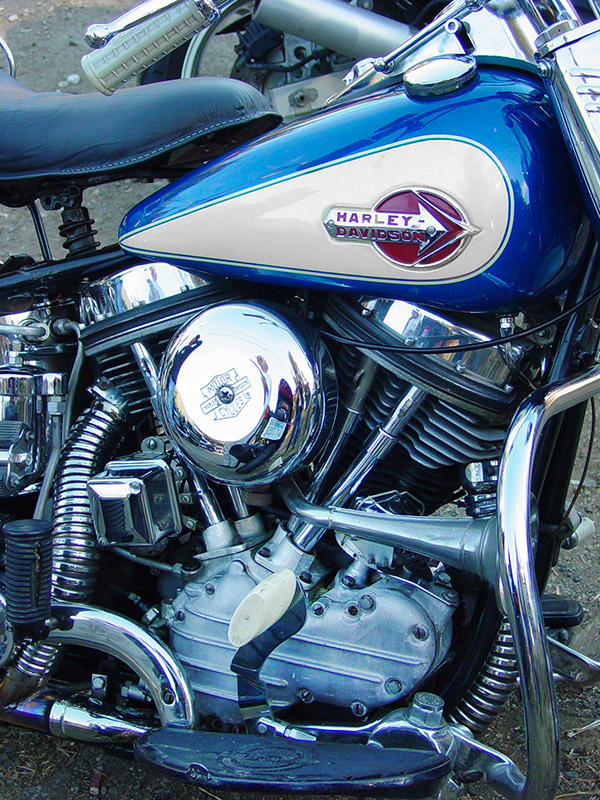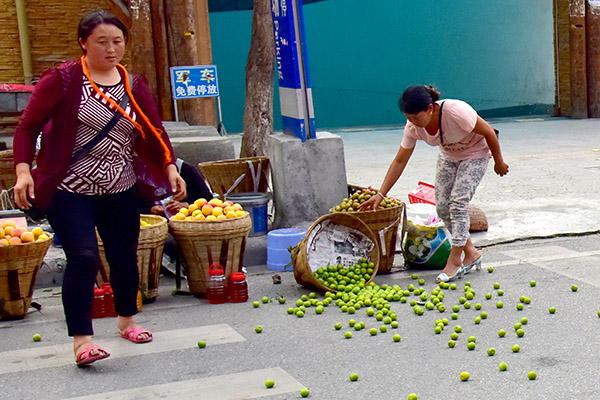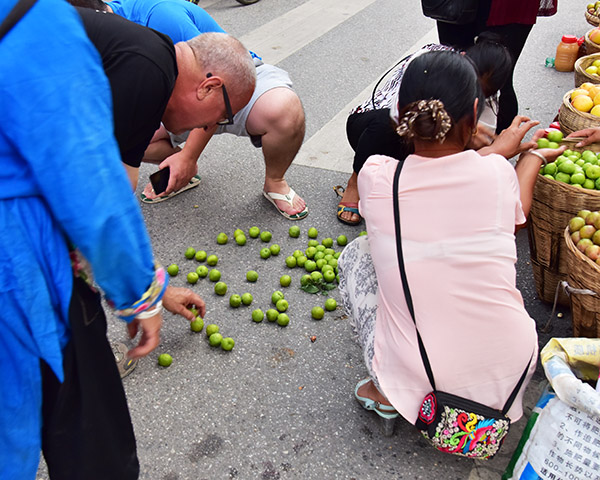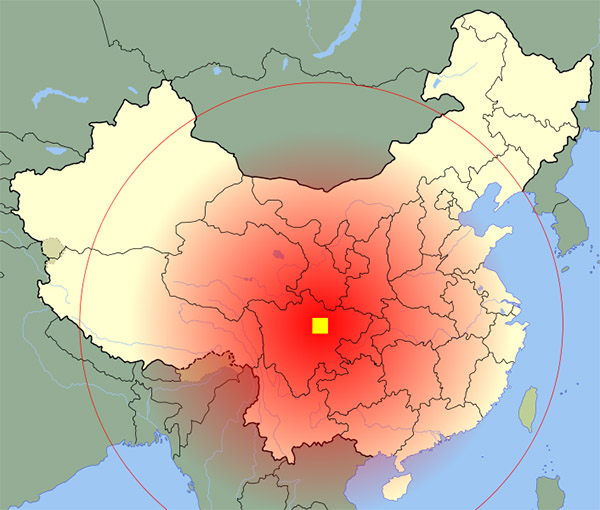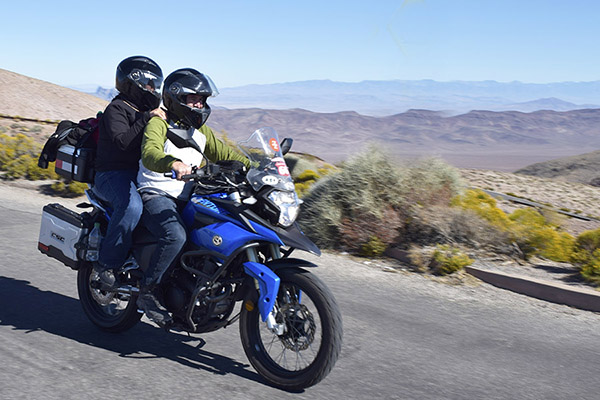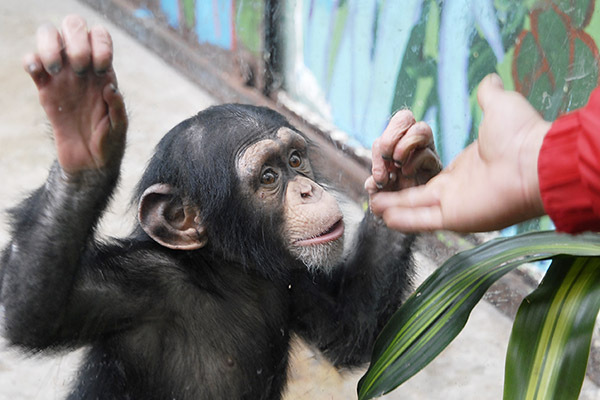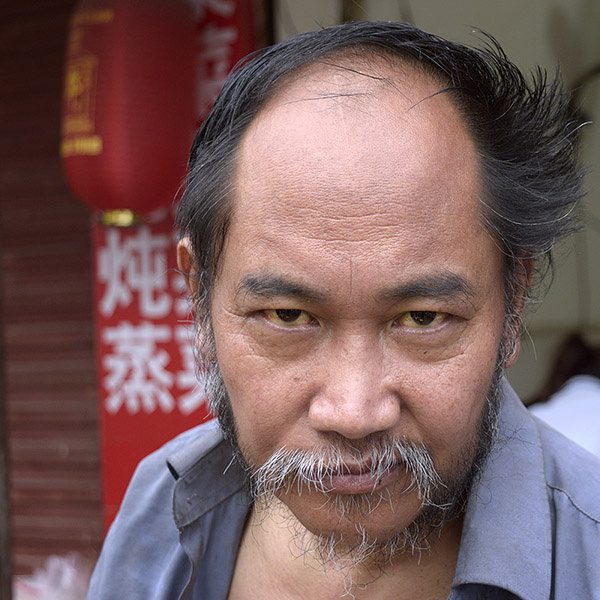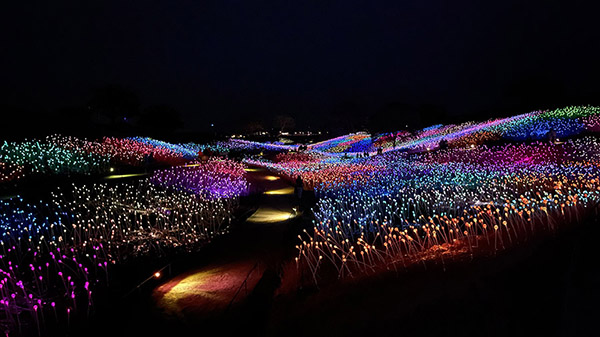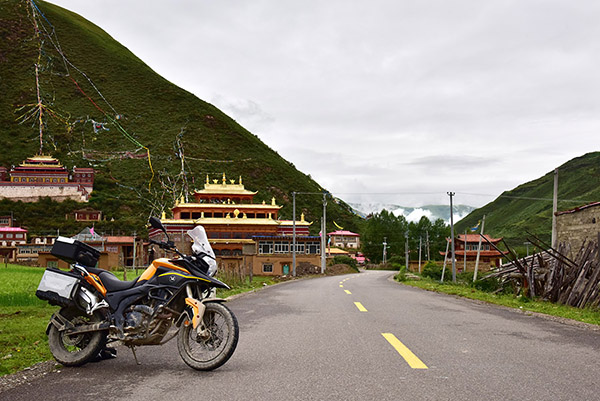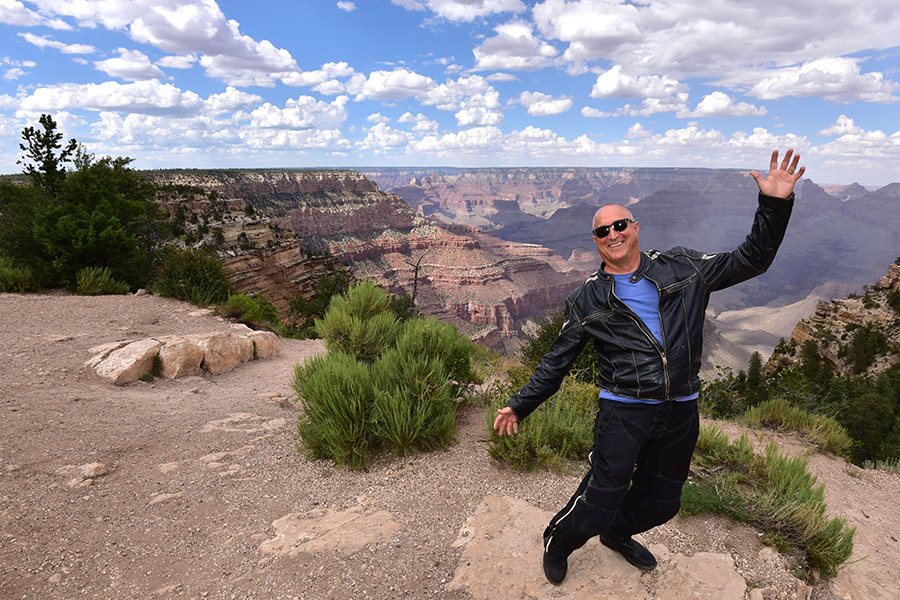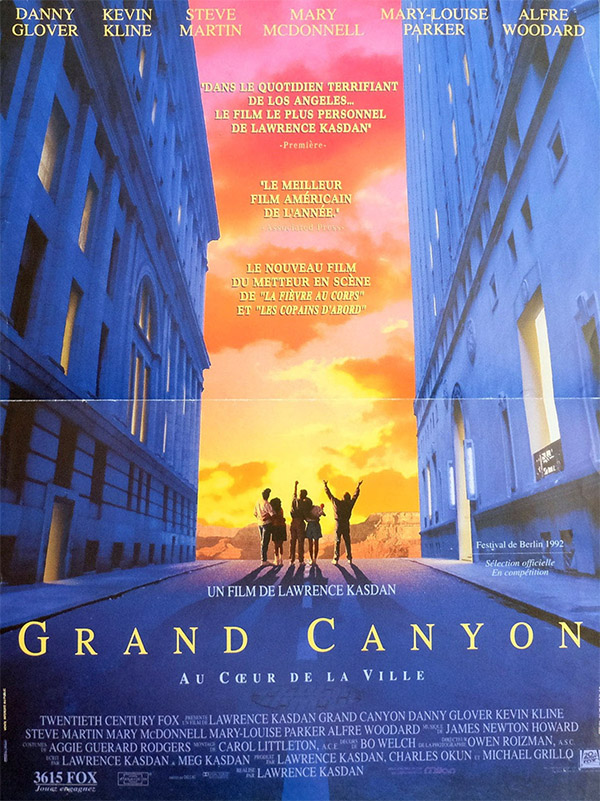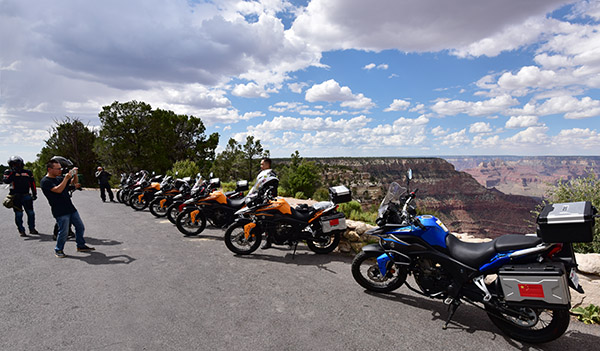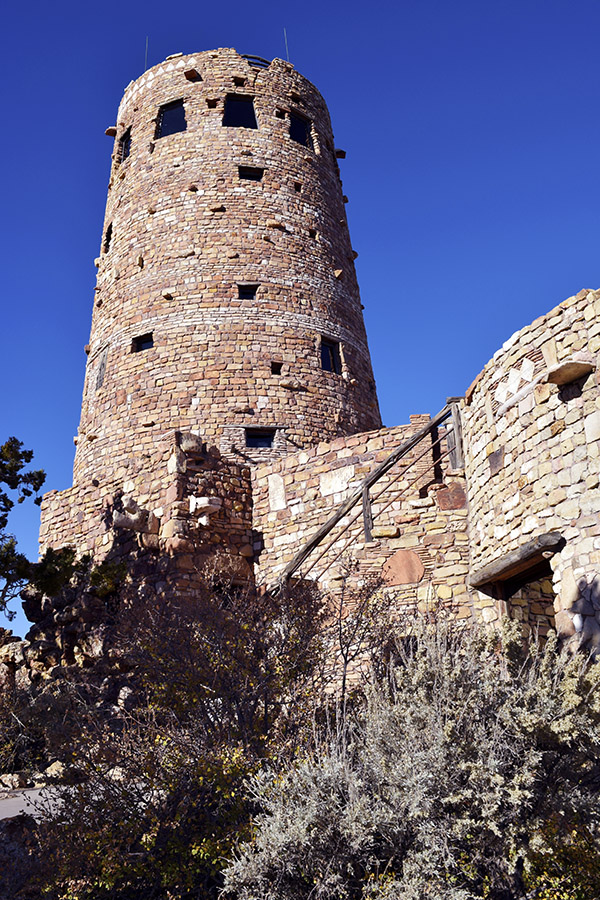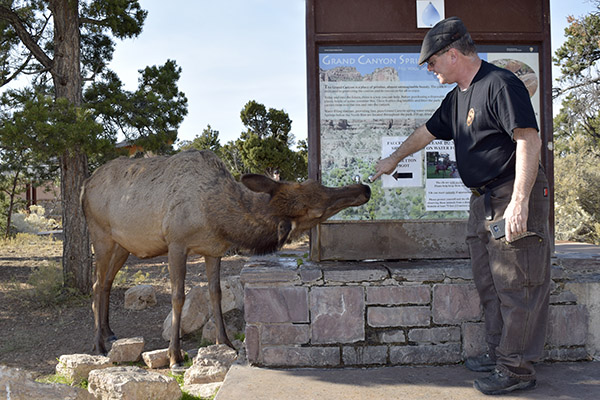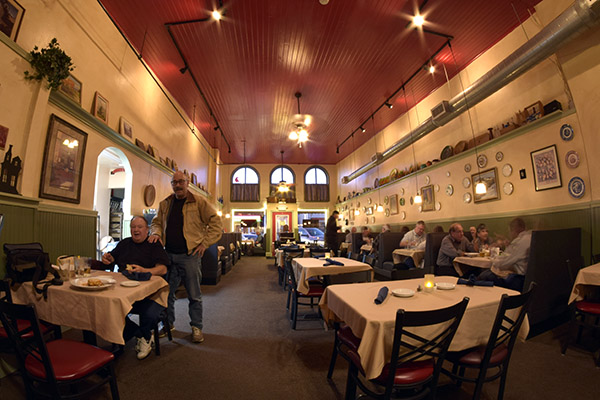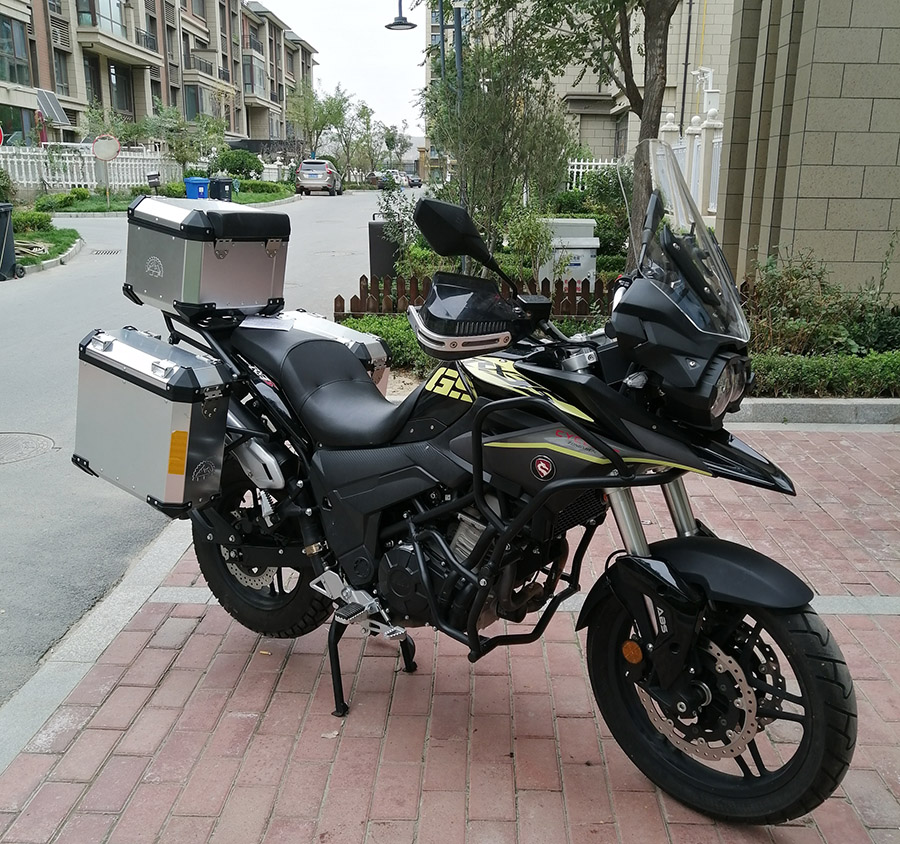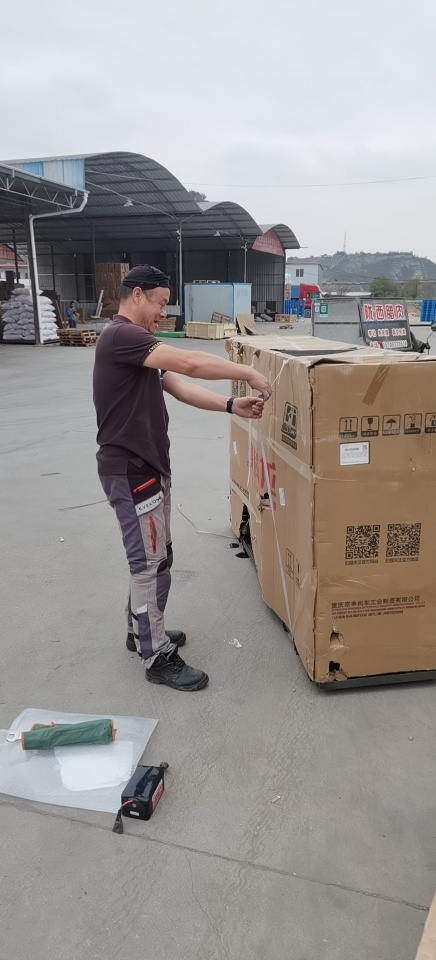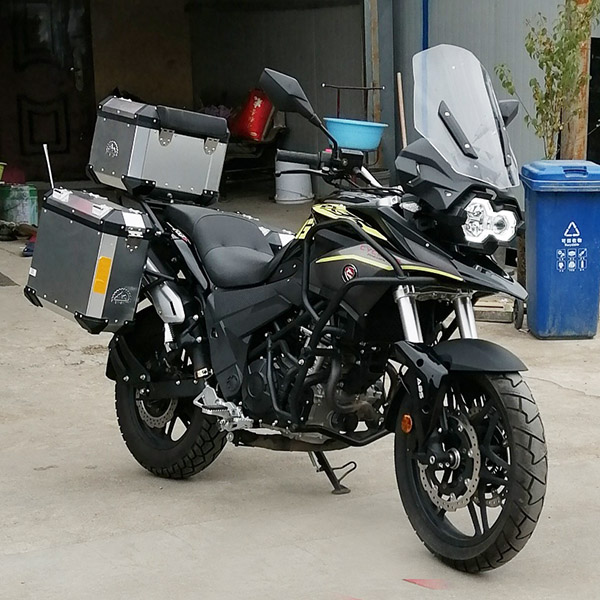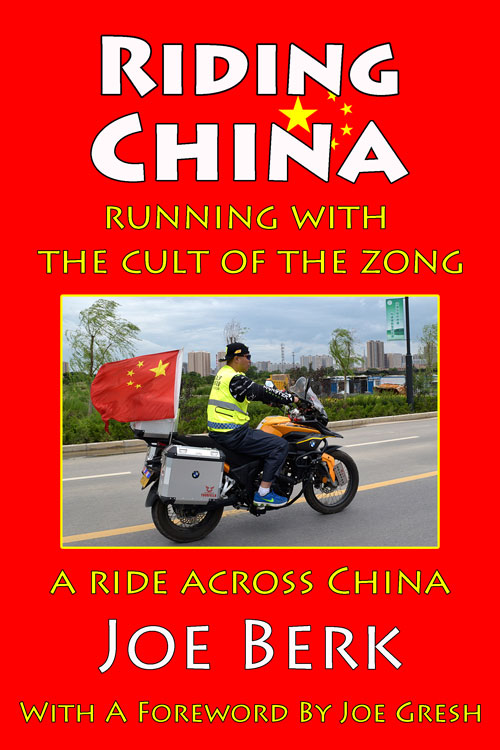Utah, hands down, is the most beautiful state in the Union. I’ve been to every state in the US except North Dakota, and unless there’s something hiding up there, Utah gets my vote. There are places in Utah with scenery and riding that are as close as you can get to heaven without a one-way ticket. There’s Zion National Park (to be covered in a future blog), there’s Bryce Canyon National Park, Grand Staircase-Escalante National Monument, and Capitol Reef National Park (which I’ll cover in this blog), there’s Cedar Breaks National Park (a topic for a future blog), there’s Kodachrome Basin State Park (another future blog), there’s Flaming Gorge National Park (that’s coming up in another blog), and there’s Arches National Park (to be yet another blog). And then there’s the Dinosaur Highway. I’ve been to all of them, and I’m telling you, if you like road trips it doesn’t get any better than Utah.

There’s a reason I’m touching on Bryce, Grand Staircase-Escalante, and Capitol Reef in one blog. Two reasons, actually: State Routes 12 and 24. These two roads run through all three National Parks, and they are two of the best roads I’ve ever ridden. If you want to plan this grand adventure, start in Panguitch, ride Utah SR 12 and 24, and spend the following night in Hanksville, Utah. I’ve got good places to have dinner in both towns, and I’ll share them with you in this blog. It’s a full day’s ride to get from one to the other (maybe longer if you want to stop and see the sights).
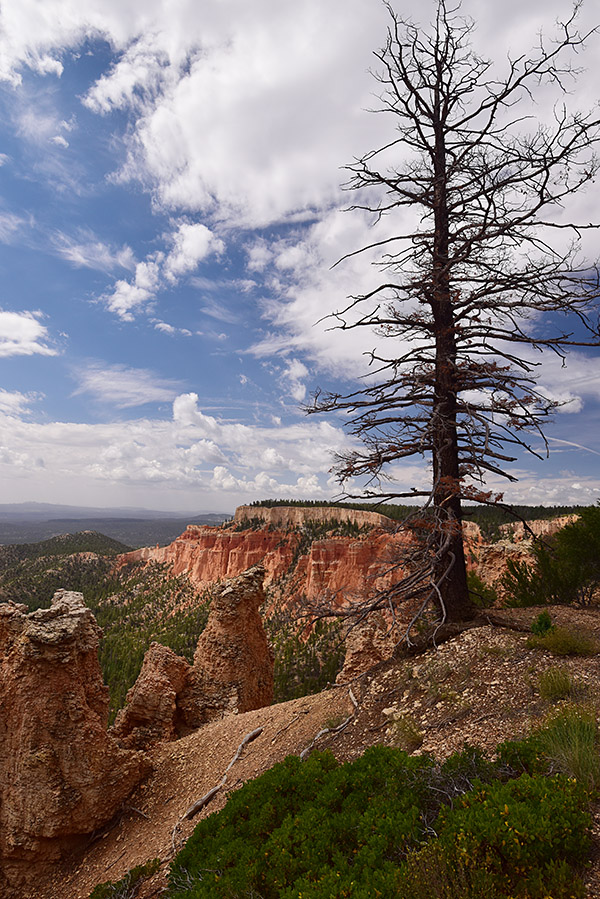
This is the most beautiful stretch of the planet I’ve ever ridden. The colors and the riding are stunning. Think bright blue skies, vibrant and verdant pine trees, and multi-colored pastel rock formations. The formations include stunning pinnacles called hoodoos, plus arches, large rock mounds, exposed vermillion cliffs and monstrous domes and folds in the Earth’s surface. Although the region was once alive with dinosaurs, you most likely won’t see fossils. But you will see an artist’s palette of pleasing pastels: reds, pinks and browns due to iron in the sandstone, yellows and creams created by limonite, and purples presented by pyrolusite. Whatever the chemistry, the display through this stretch is dazzling.
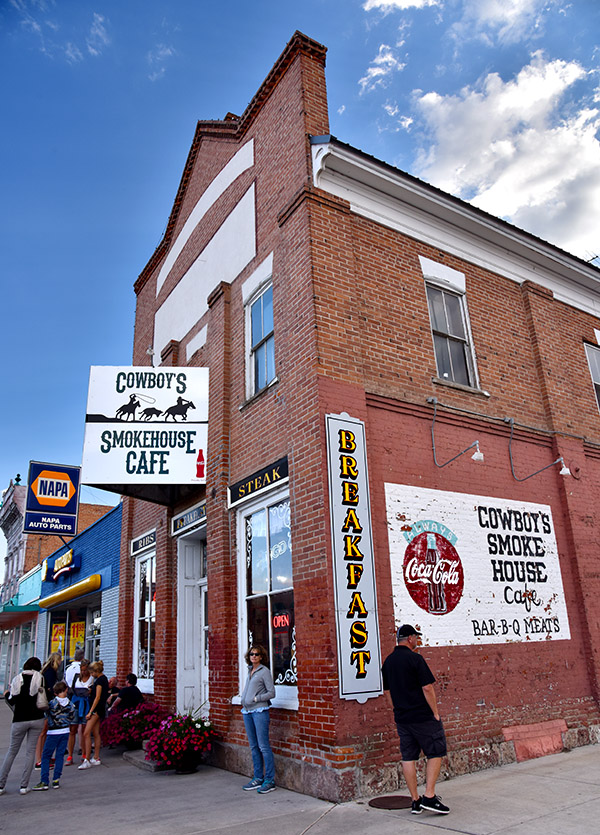
You can ride US 89 from Panguitch to pick up SR 12 at its western end. Head east and in just a few miles you’ll be at Bryce Canyon National Park. Bryce is one of America’s jewels, with hoodoos arranged in several natural amphitheaters. An early morning start will help capture dramatic photos; the sun will be low in the eastern sky and the resultant lighting makes the colors pop. Native American Paiutes thought these hoodoos were ancestors turned to stone. Take a long look at some of these formations and you’ll see why.
Stay on SR 12 after Bryce and you’ll skirt Grand Staircase-Escalante National Monument on tantalizing twisties. All of SR 12 is breathtaking; it is something out of a dream. It takes you through a series of red rock formations and then winds along a ridge with sheer drops on either side. Forget about guard rails and shoulders; you’ll feel as if you are riding the sky. Cook a corner too fast on this stretch and you’ll wish you were wearing a parachute. This area, more than any other I have ever ridden, is a near-religious experience.
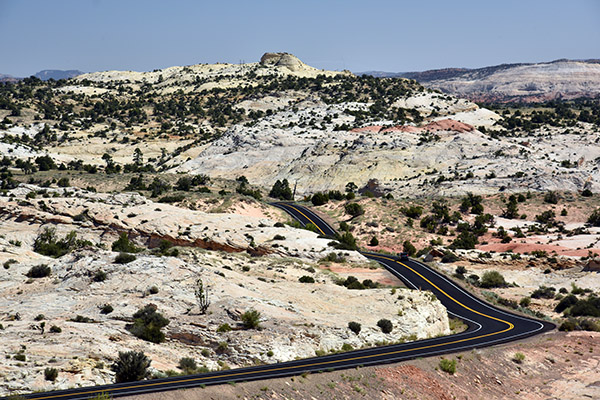
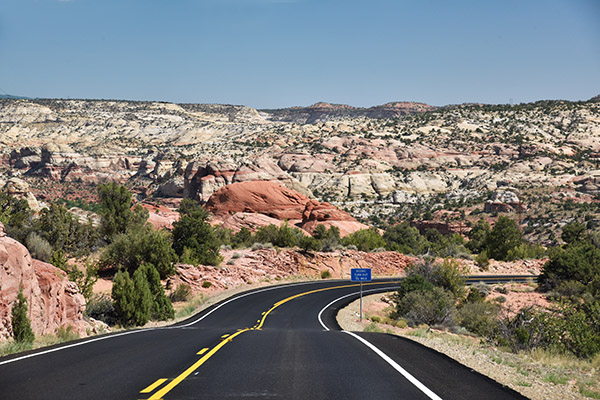
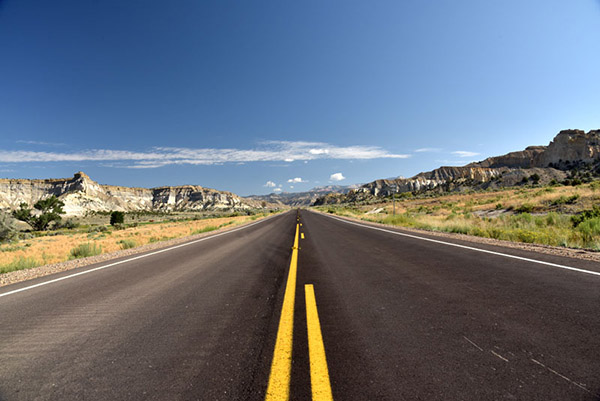
State Route 12 tees into SR 24, but you’ll be able to see Capitol Reef National Park long before you get to SR 24. Head east on SR 24 toward Hanksville and you’ll ride through much of the accessible portion of Capitol Reef. It’s perhaps the least known of Utah’s national parks, but its scenery is as stunning as any of the other parks.
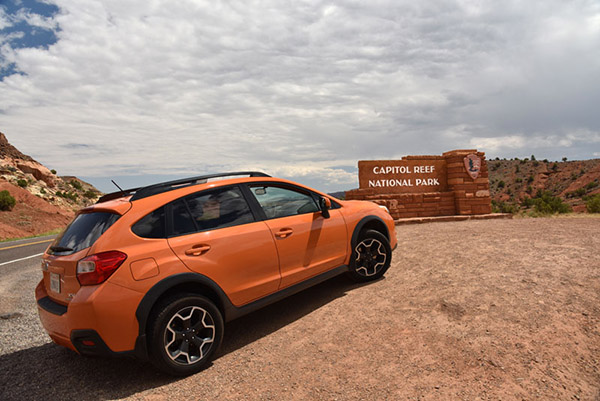
Only a portion of Capitol Reef is visible from SR 24, but it is outstanding. Hundreds of miles of unpaved roads into Capitol Reef offer similar scenic views. The park’s unique white sandstone domes (similar to the U.S. Capitol building) were formed by a warp in the Earth’s crust 65 million years ago. “Reef” refers to any barrier to travel, and when you see these formations, you’ll certainly understand the name.
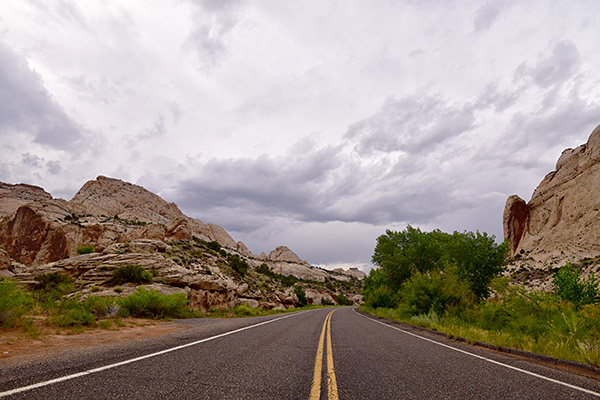
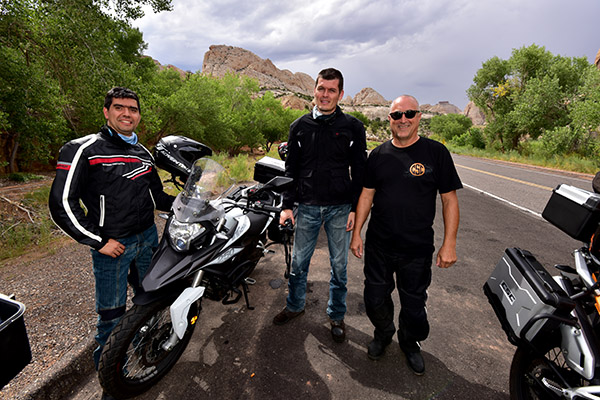
State Route 24 follows the Fremont River through Capitol Reef National Park, and as it twists and turns on its way to Hanksville, you’ll be thanking me for turning you on to these very special roads. The Whispering Sands hotel is a good, clean place to spend the night, and Duke’s Slickrock Grill is a great place for dinner. Try the trout; it’s wonderful. And don’t miss the photo op standing next to Duke.
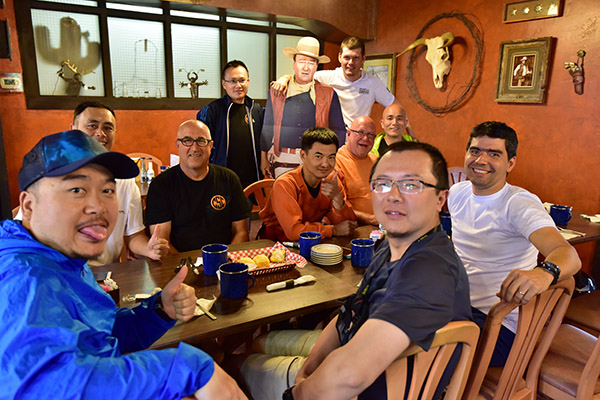
Want to discover more great moto destinations? We’ve got you covered!

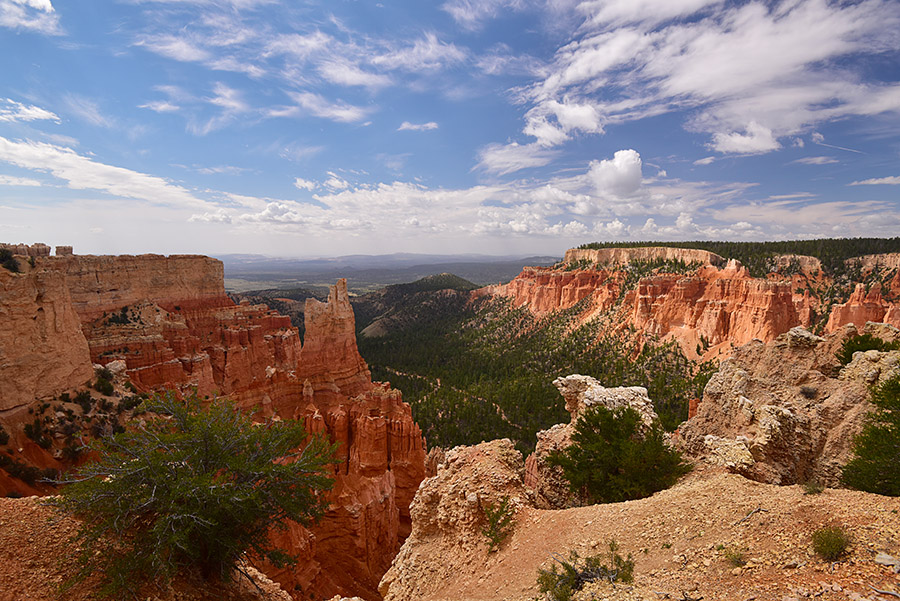
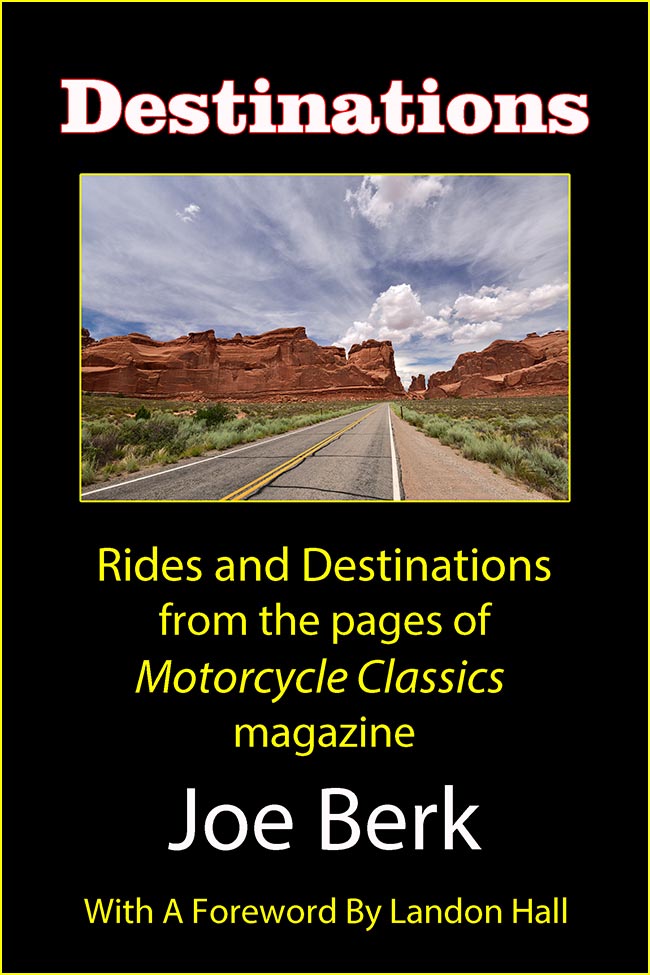
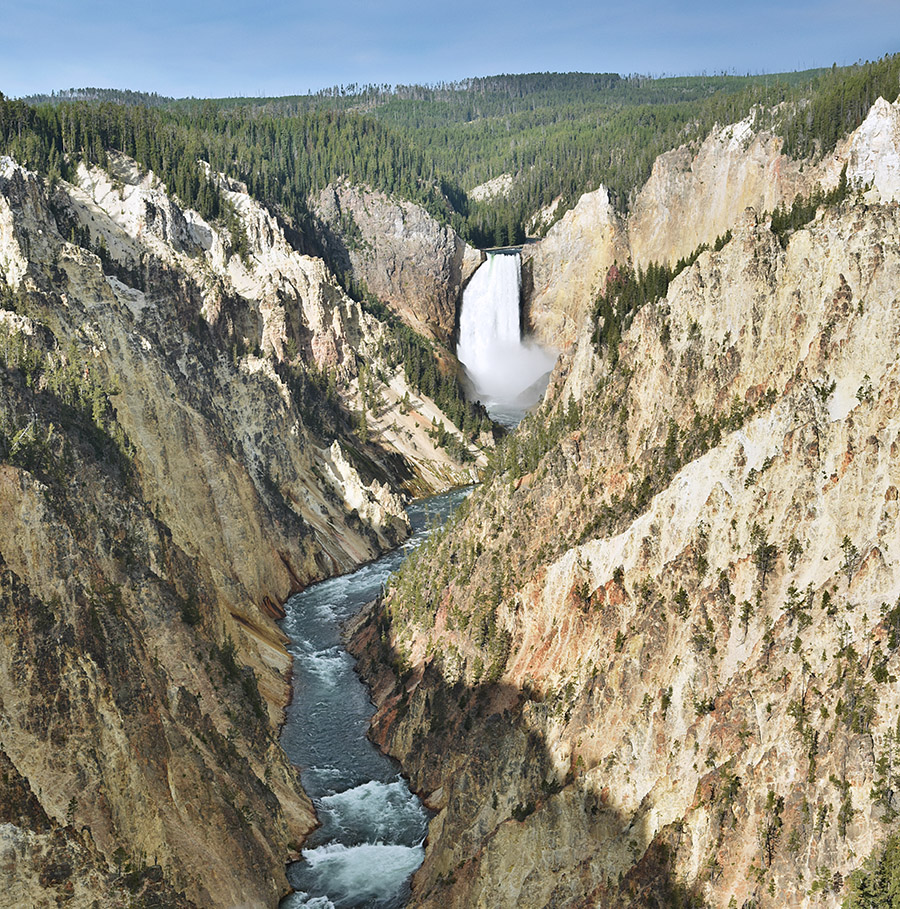
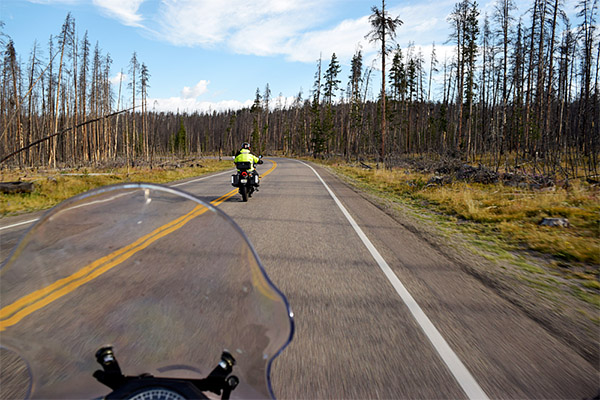

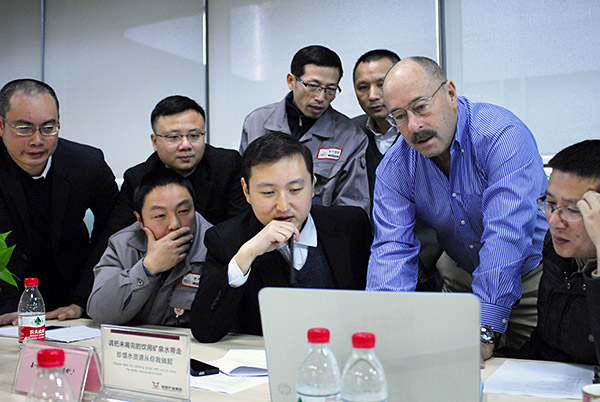
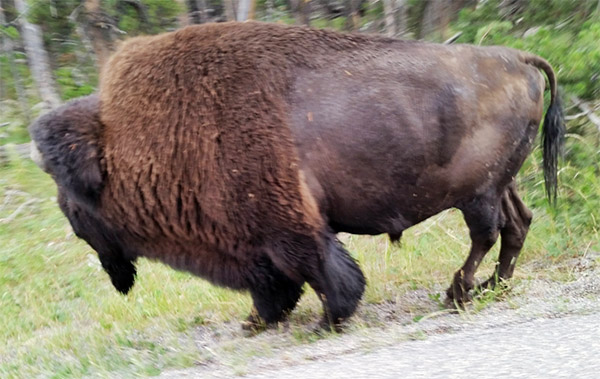

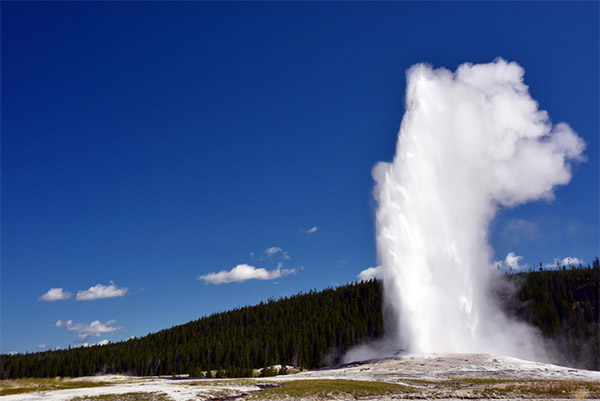

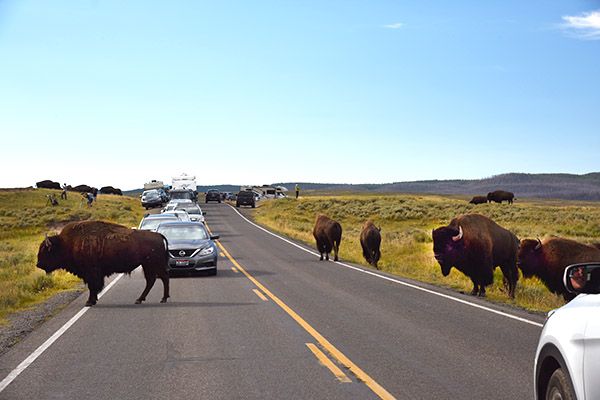
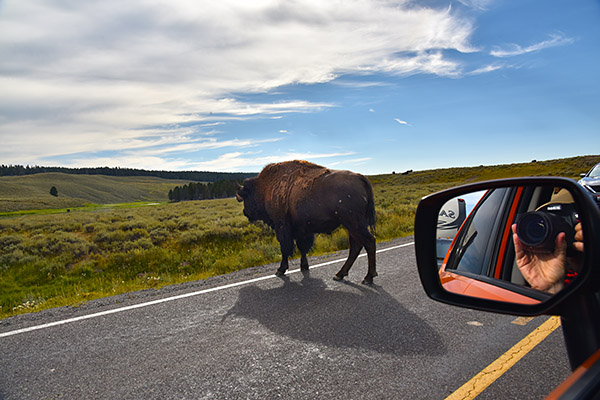
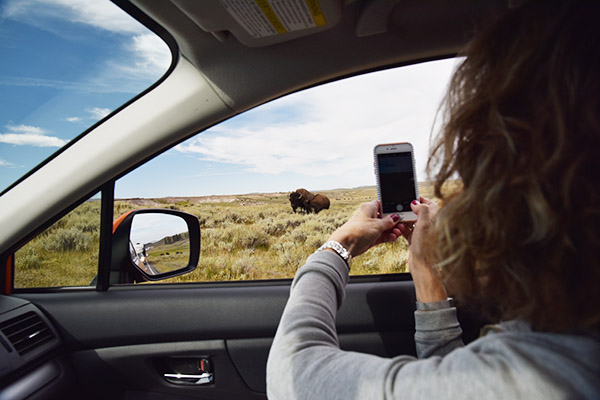

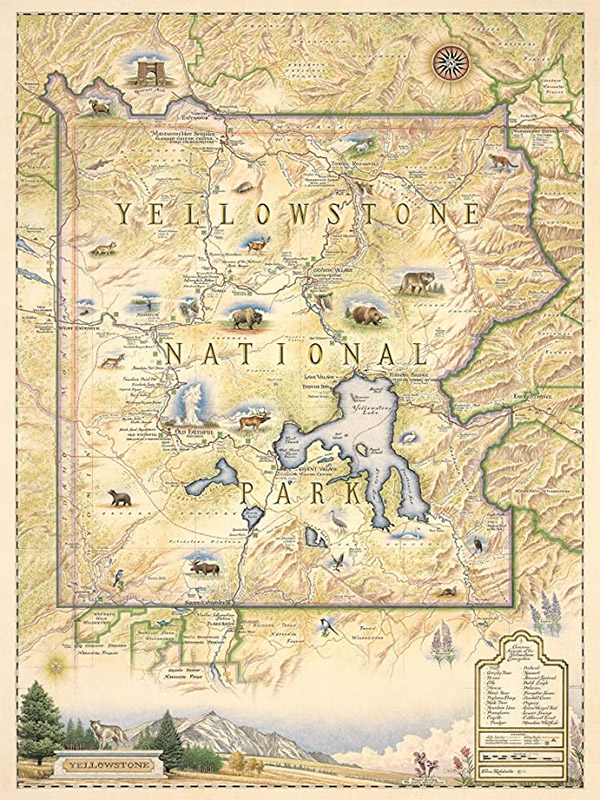
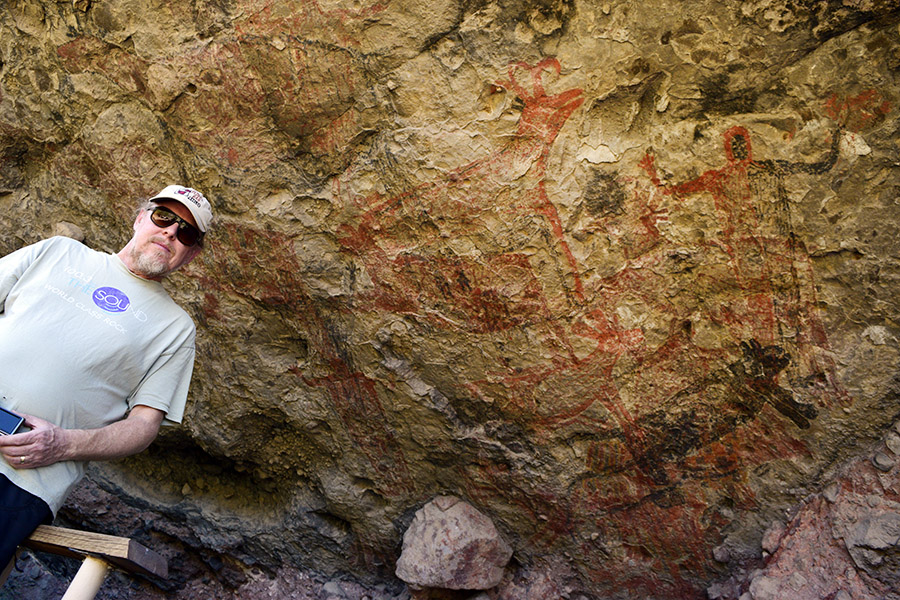

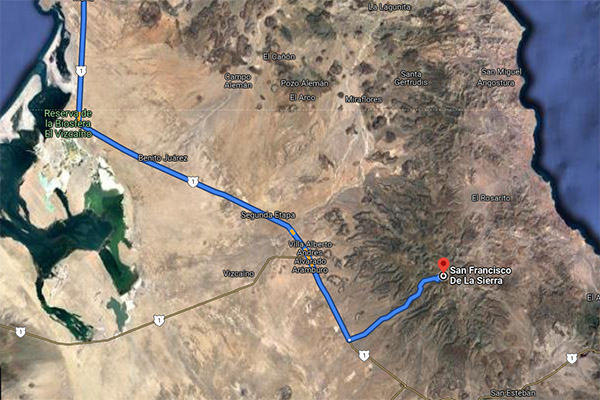
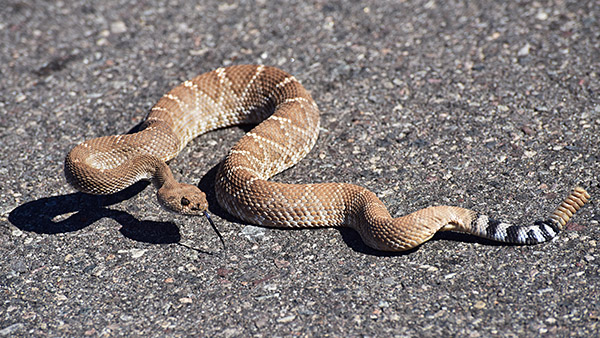
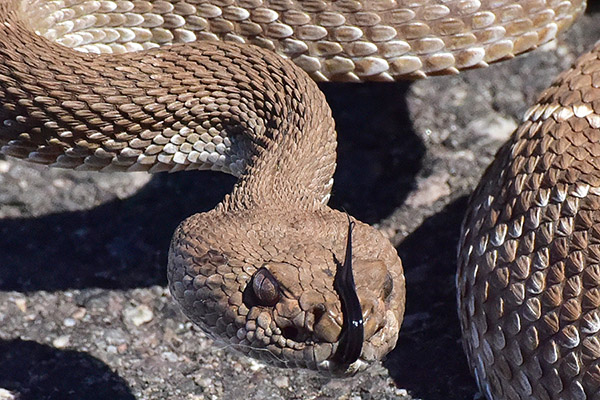
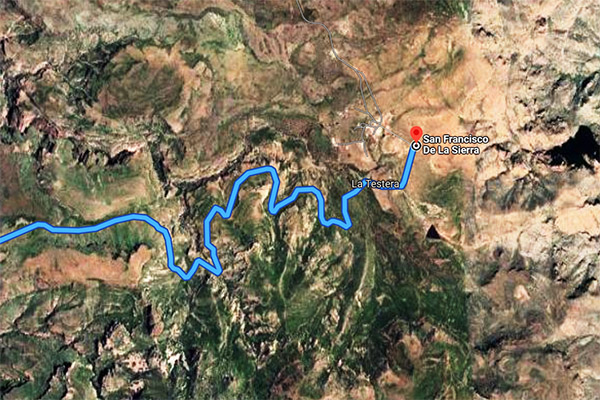
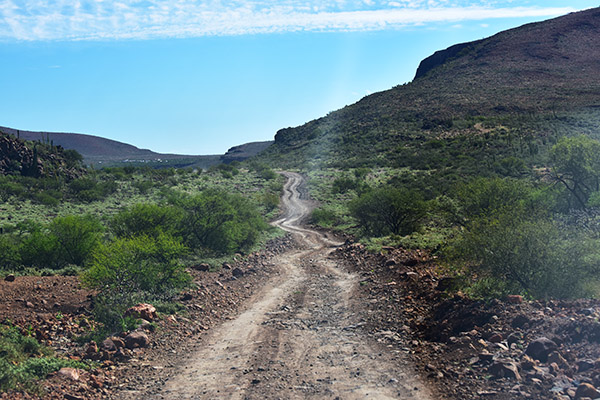

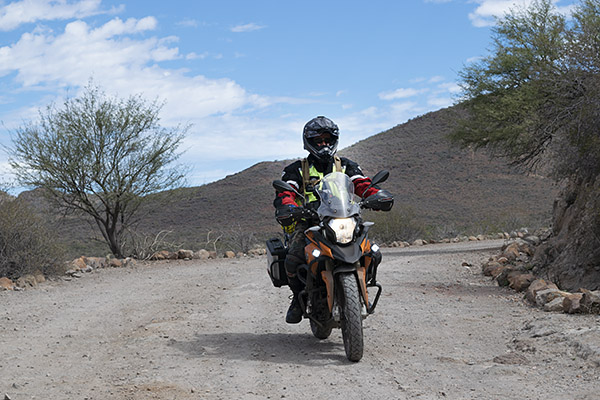
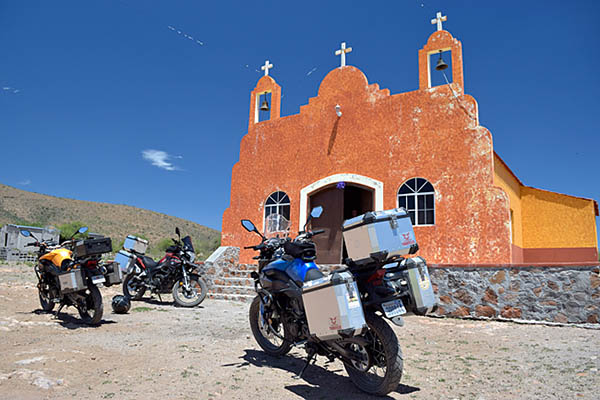
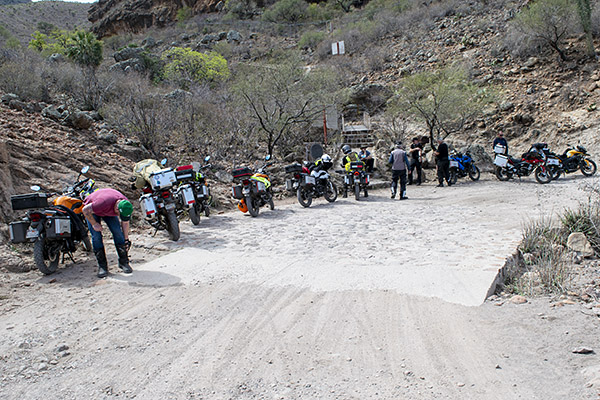
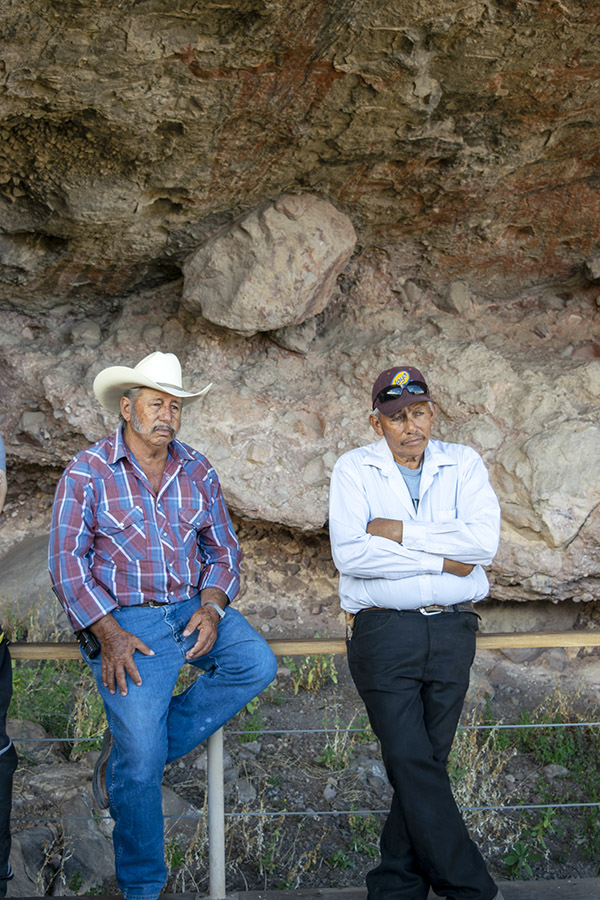
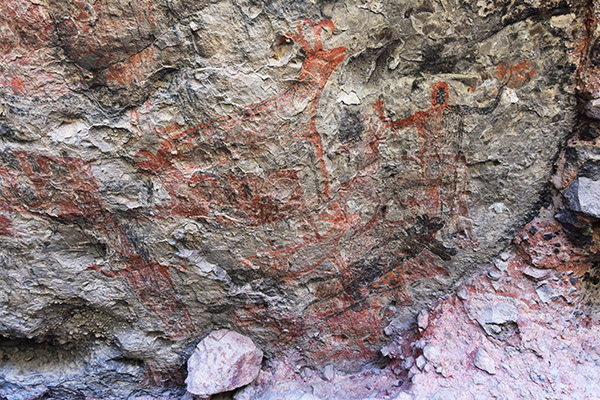
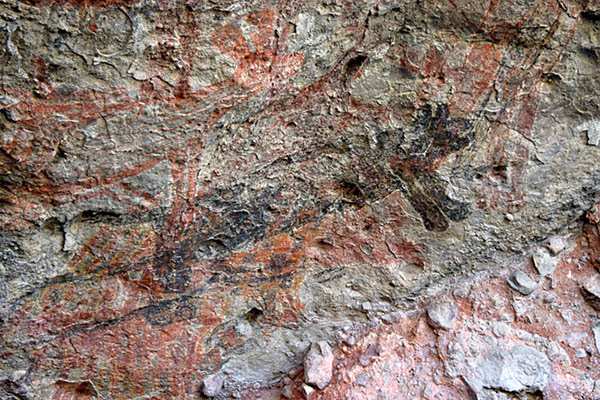
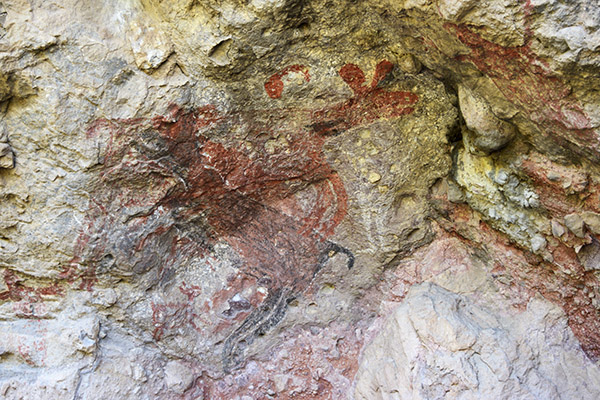
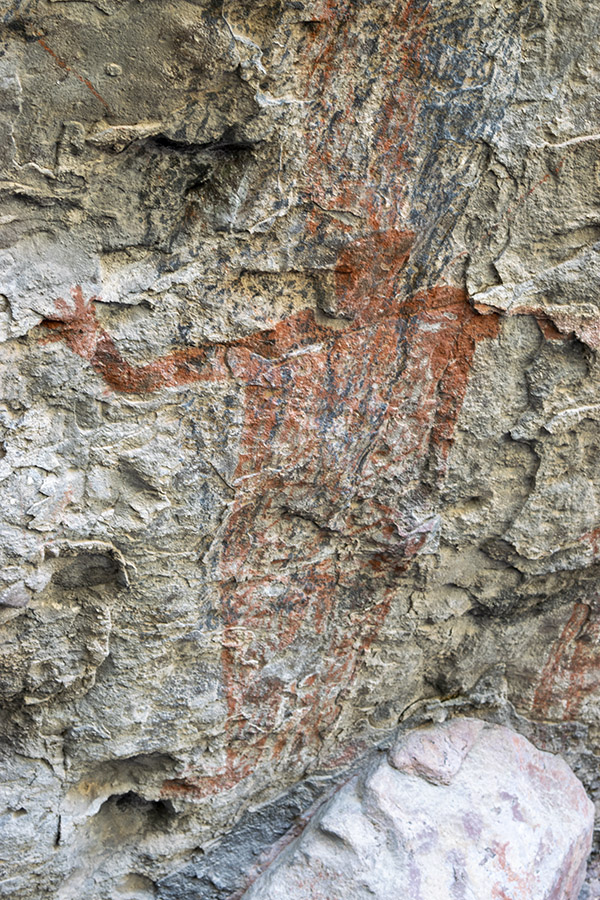
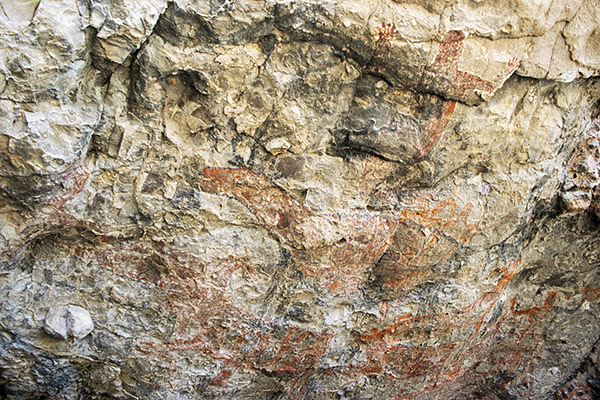
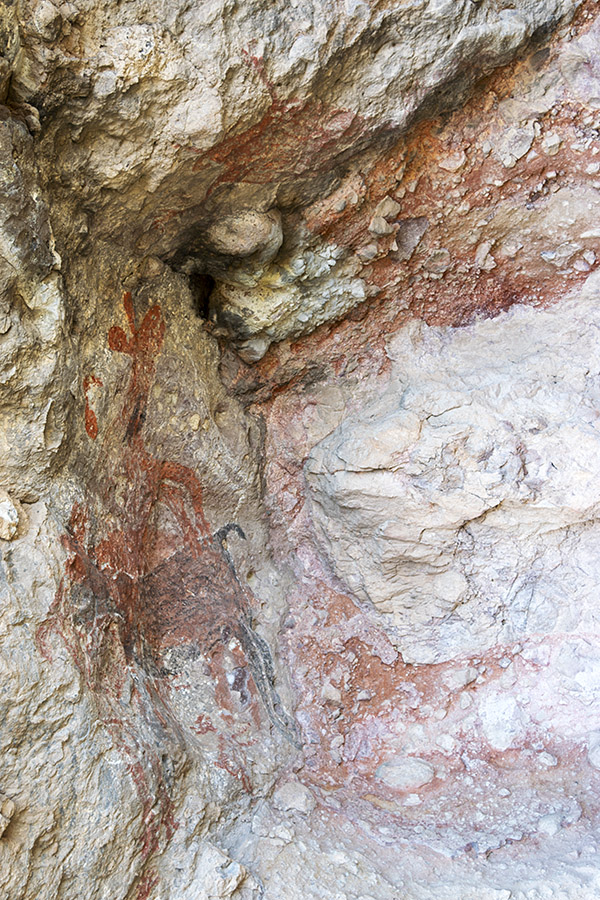
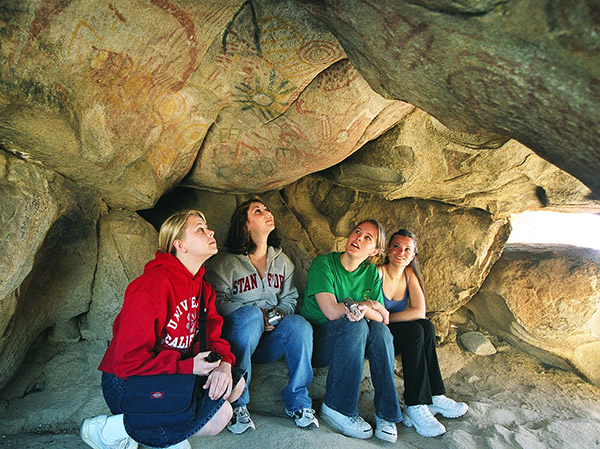

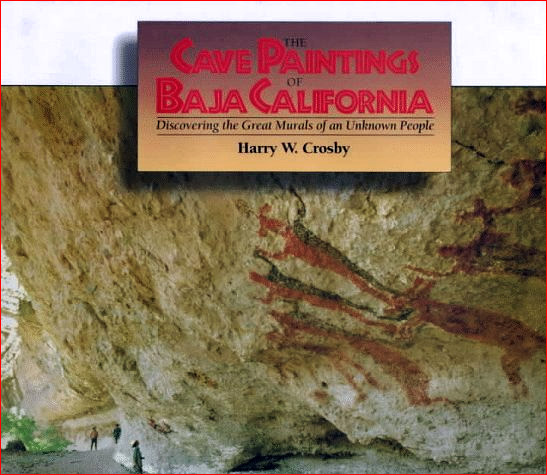
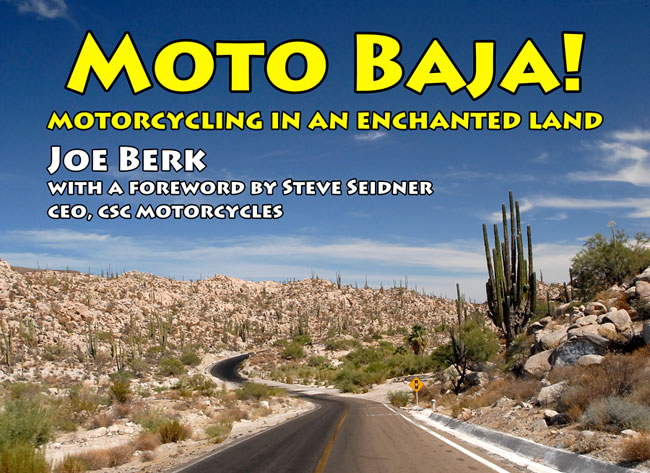
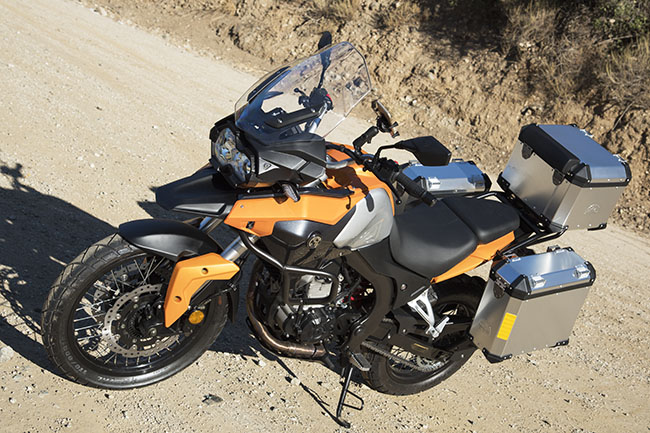
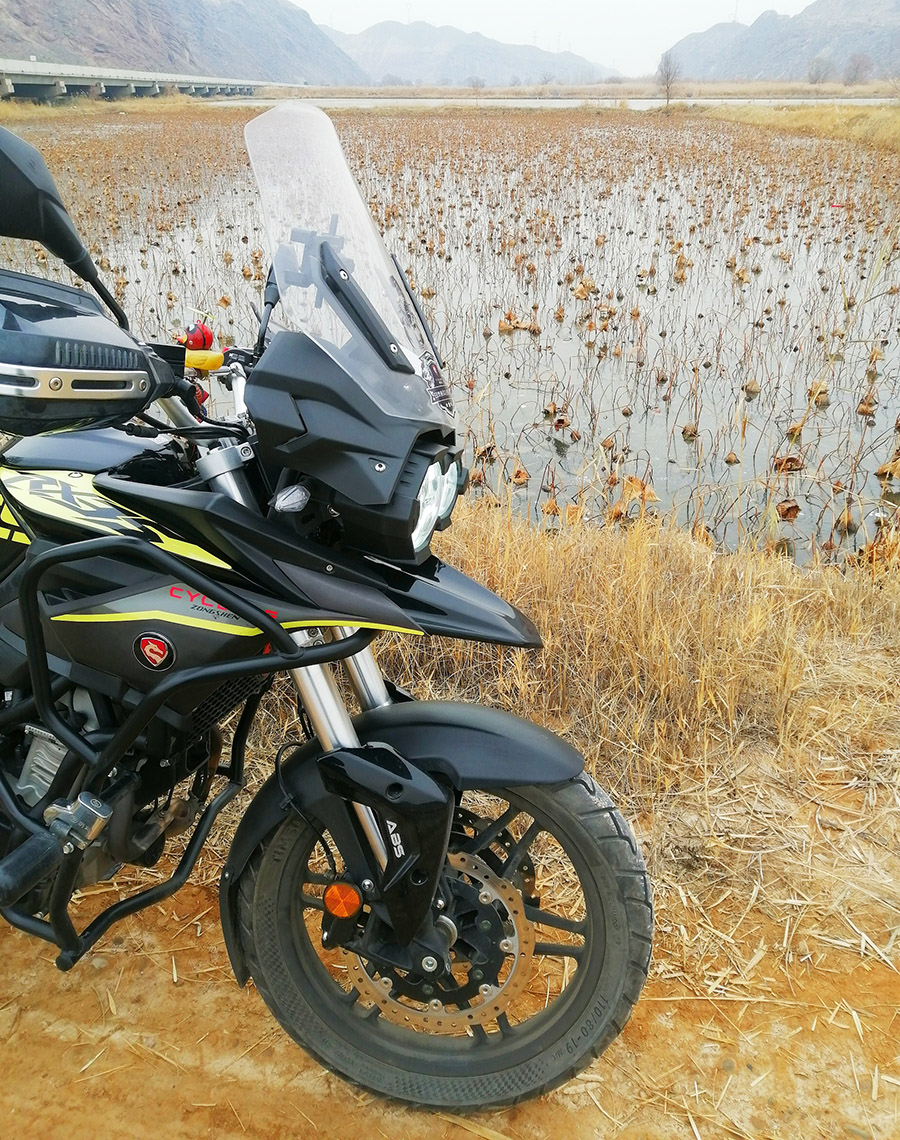

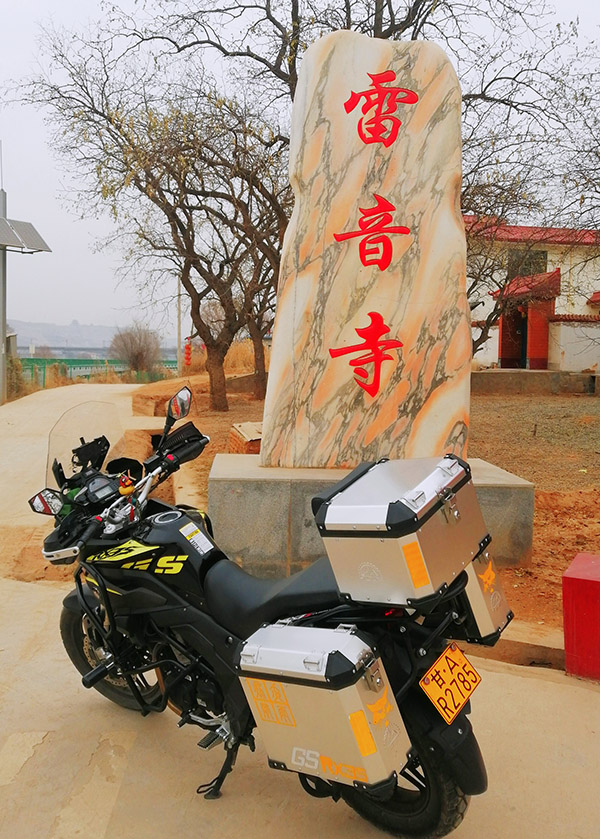
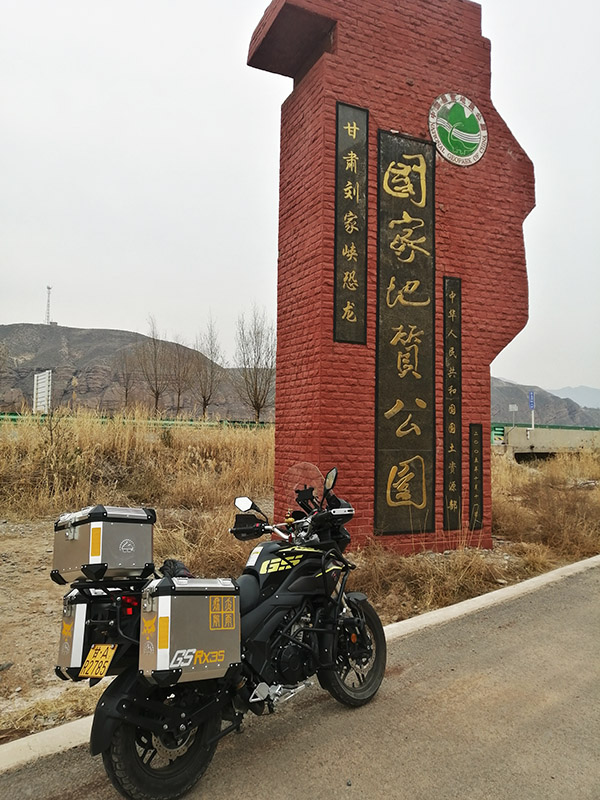
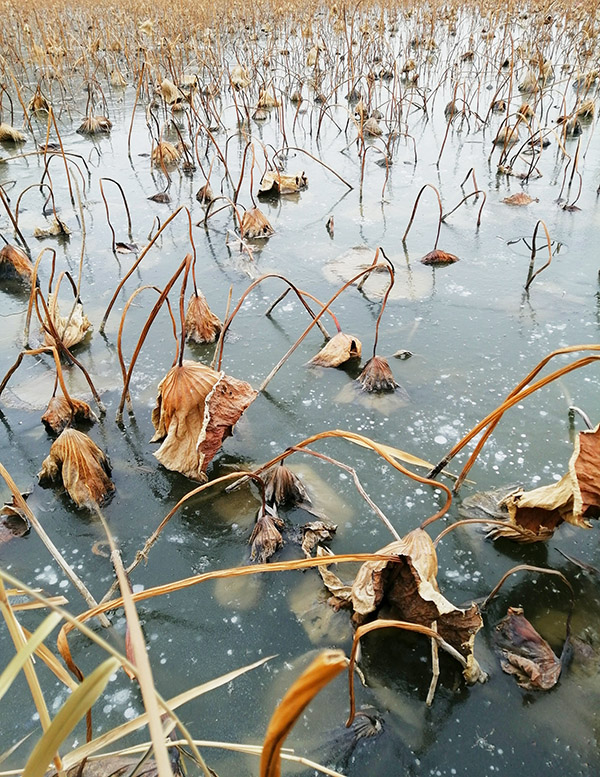
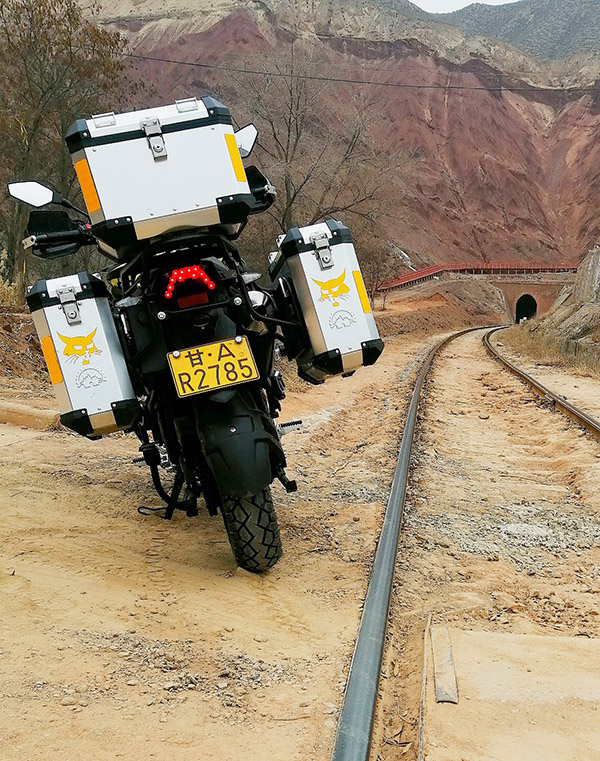
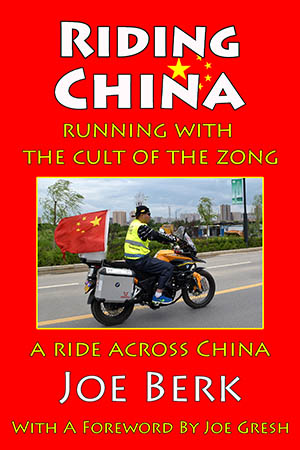
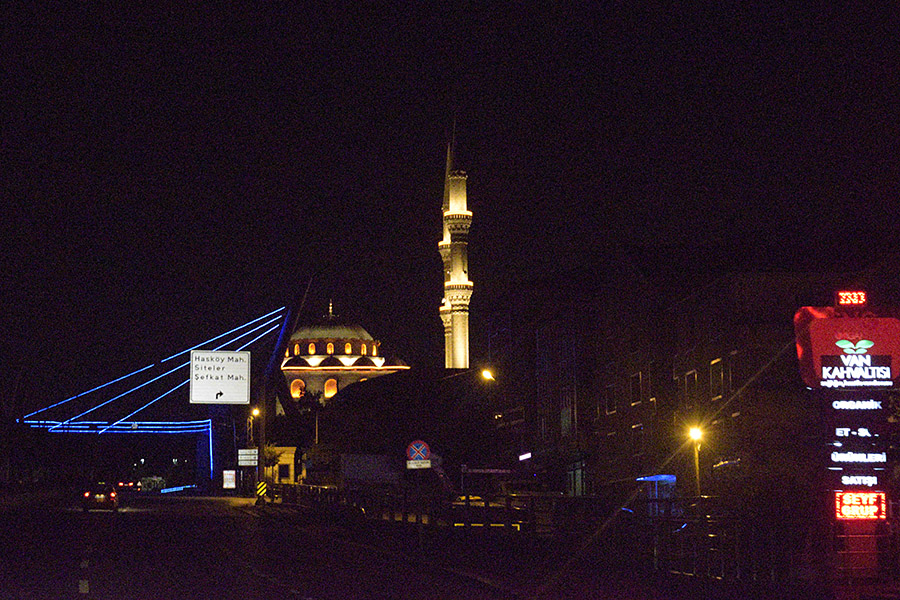
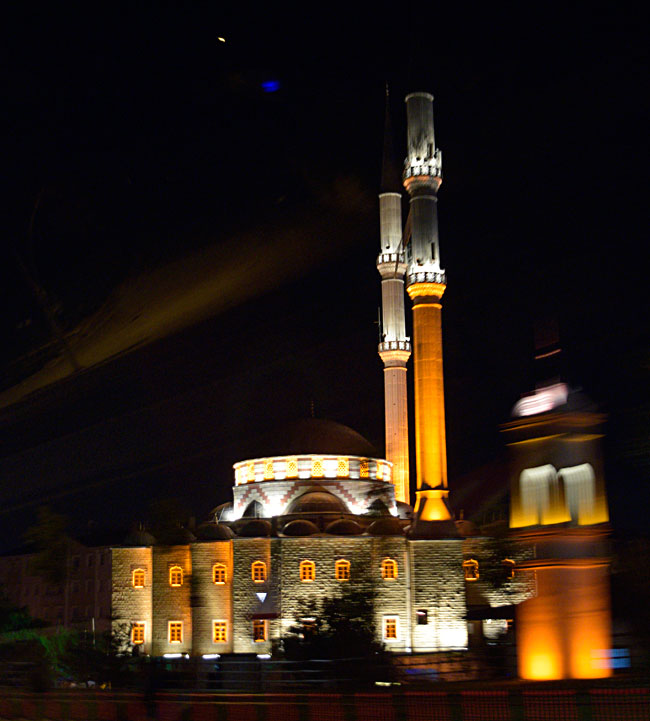
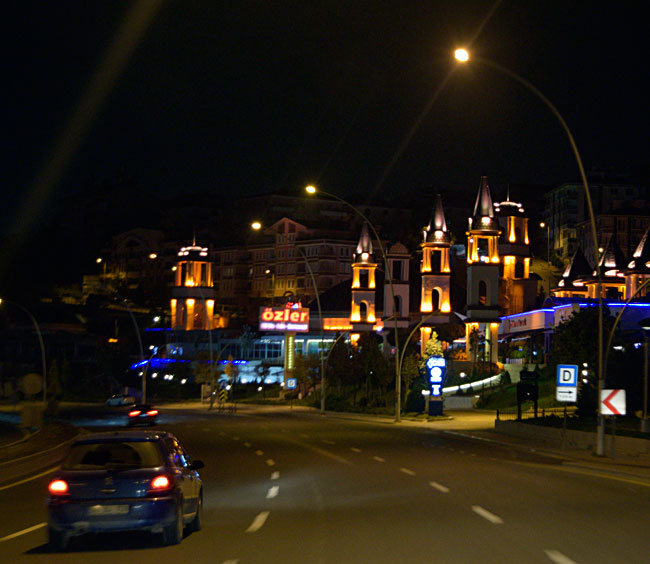
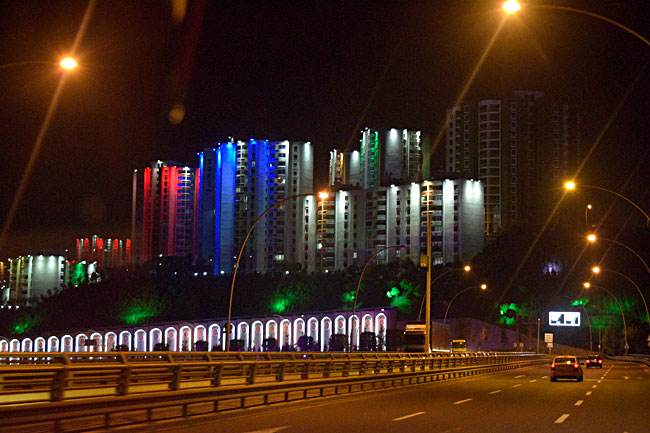
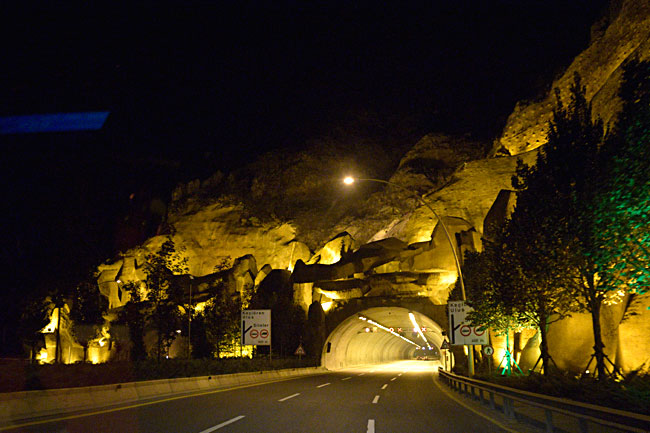
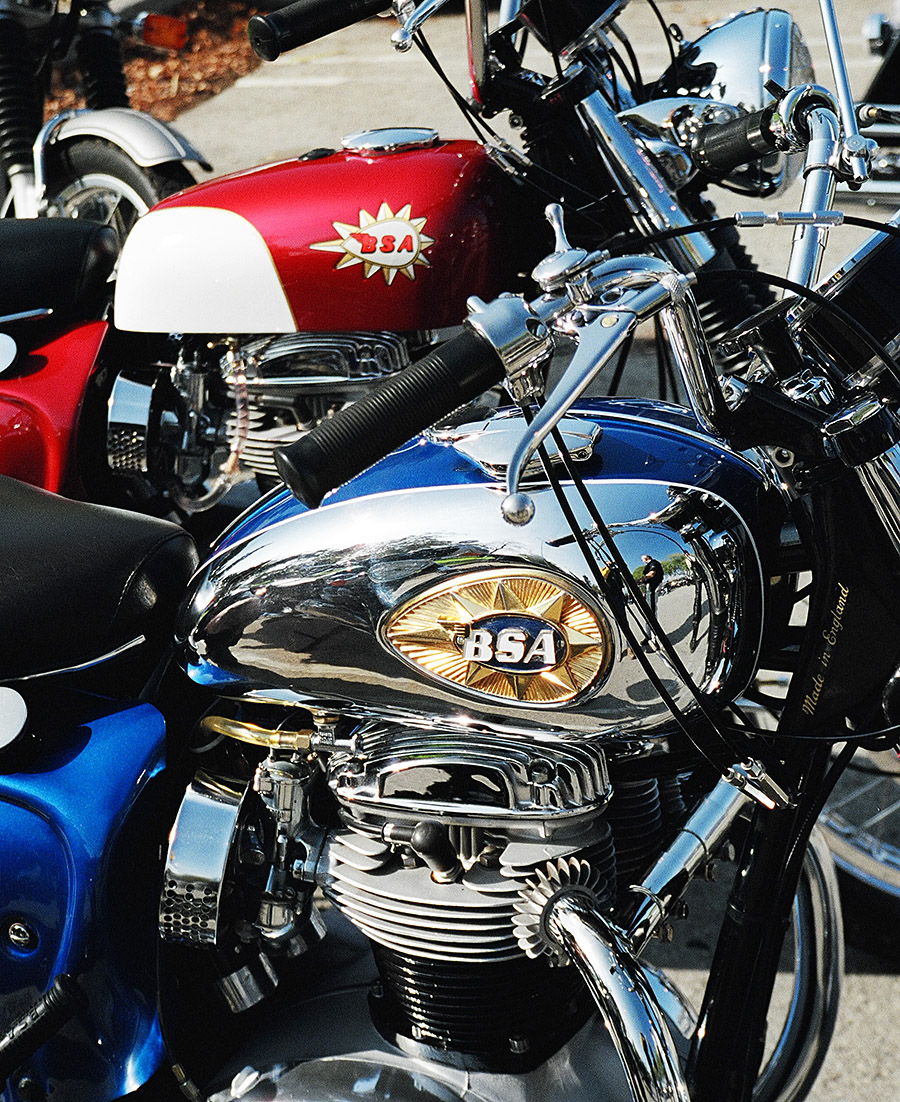

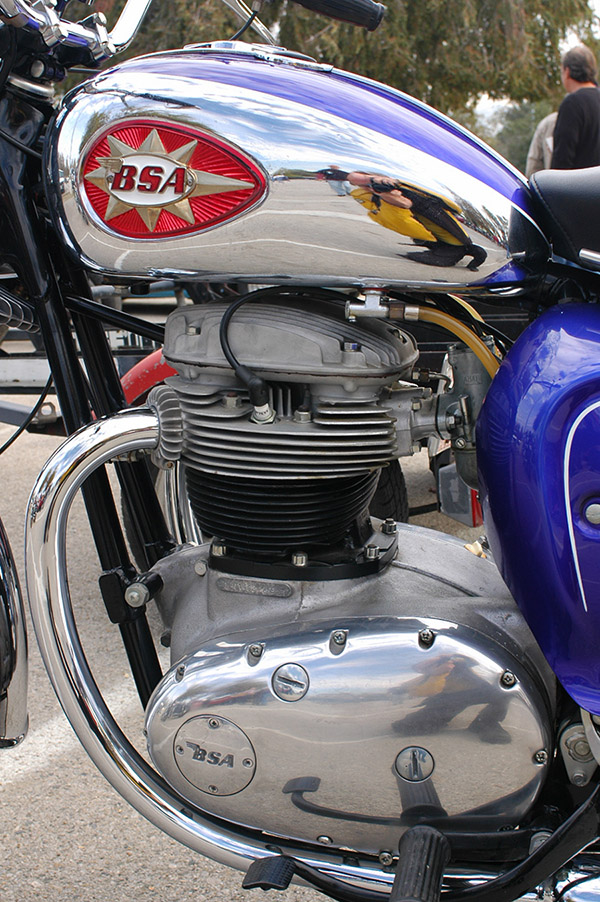
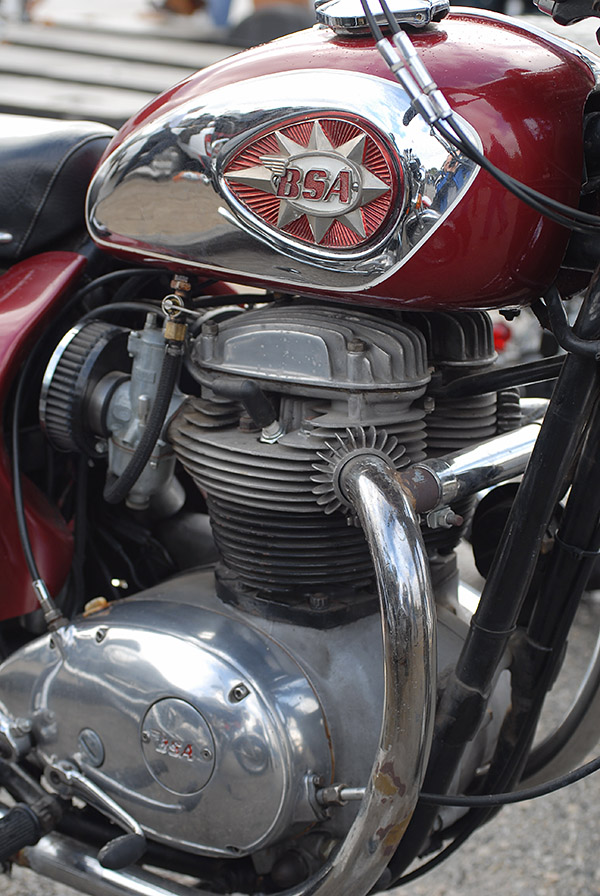
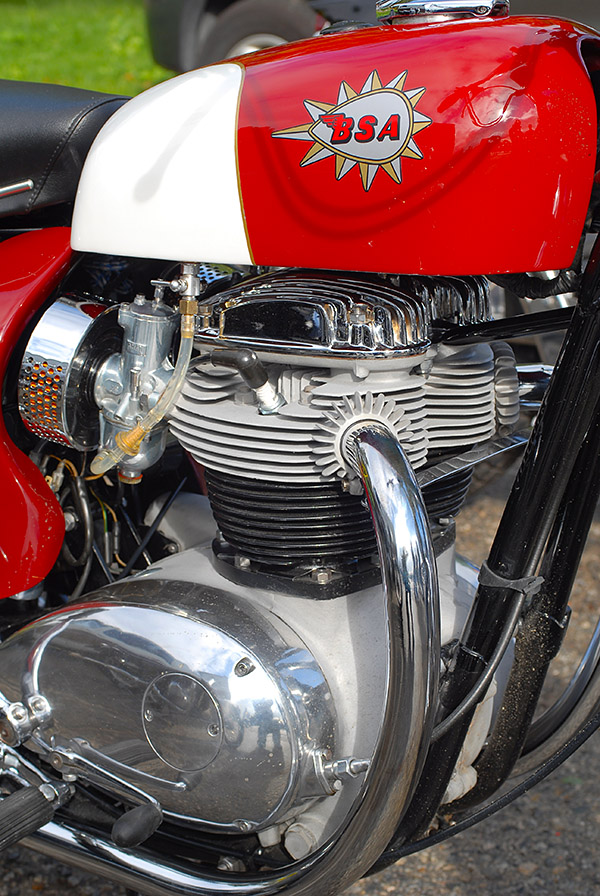
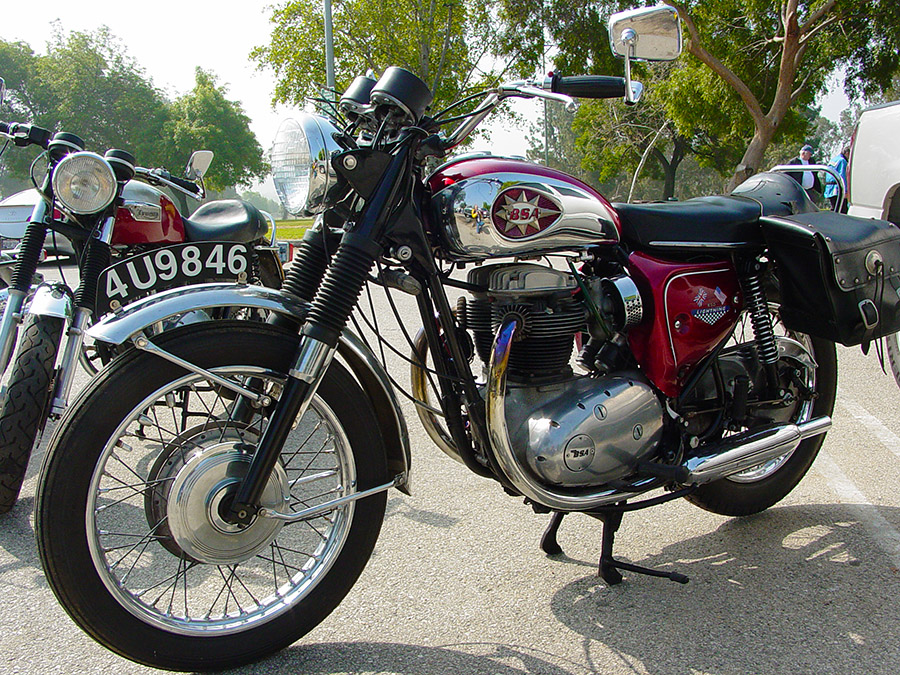 You know what I’d like to see? I’d like to see two bikes from the 1960s resurrected…a 1966 Triumph T120R and a 1965 Electra Glide (the last year of the Panhead, and the first year of the electric start). Those are two of the most beautiful motorcycles ever made. The HD photo below is an earlier Duo Glide, but you get the idea. Make them reliable, substitute enough aluminum for steel so that when you add all the smog and other regulatoria the bikes weigh in at their mid-’60s weights, and make them reliable. Zongshen, you guys listening?
You know what I’d like to see? I’d like to see two bikes from the 1960s resurrected…a 1966 Triumph T120R and a 1965 Electra Glide (the last year of the Panhead, and the first year of the electric start). Those are two of the most beautiful motorcycles ever made. The HD photo below is an earlier Duo Glide, but you get the idea. Make them reliable, substitute enough aluminum for steel so that when you add all the smog and other regulatoria the bikes weigh in at their mid-’60s weights, and make them reliable. Zongshen, you guys listening?